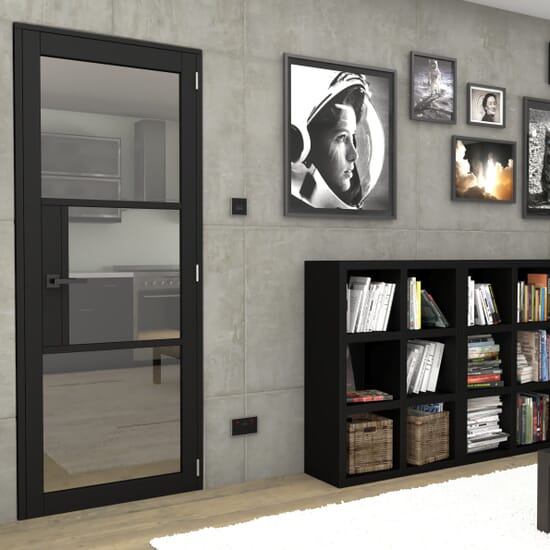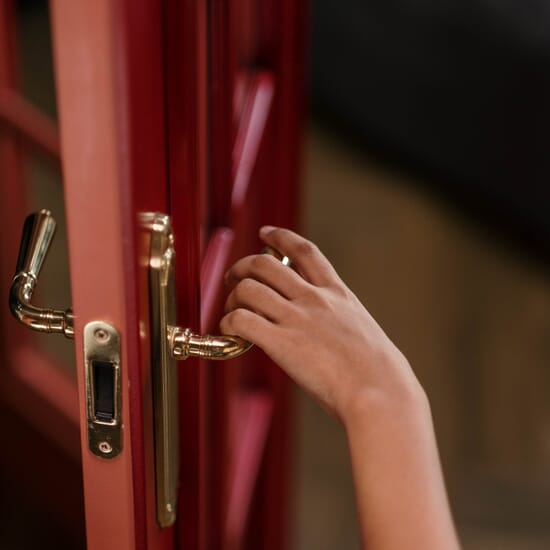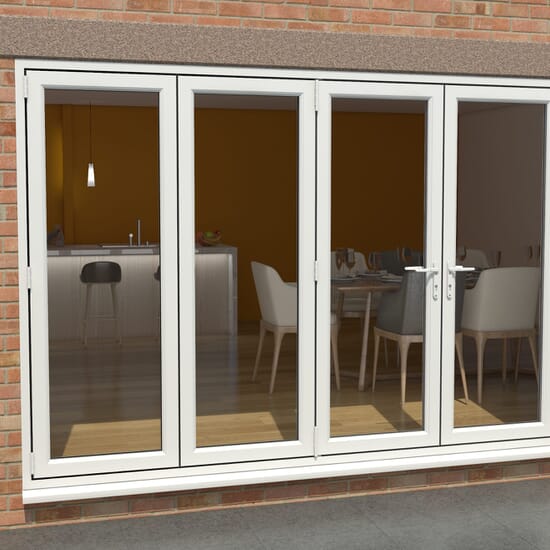Fire doors are important because they help to contain flames and smoke while ensuring that a building’s occupants have a clear path of egress - enabling them to escape the building safely. To ensure this, however, there are specific regulations when it comes to the positioning and effective use of fire doors within a property.
Here we’ll look at where fire doors are required. It’s important to note that regulations are different for private homes compared to buildings with shared or public access. In this post, we’ll focus more on private residences.
Where to install fire doors
In public buildings and commercial premises, fire doors are required for all internal doors that lead to corridors and stairways. This is so that they can provide a clear escape path for occupants and prevent fire from restricting access to an emergency exit.
While this does not apply to private residences (i.e. houses) it does apply to apartment buildings and blocks. So, if you live in an apartment, any door that leads from a habitable area to a corridor or stairway should be a fire door.
When it comes to houses, however, the legislation is much less rigorous.
A new build or refurbished property that has 2 or more storeys (including loft conversions) must have a fire door for every habitable room (i.e. not a bathroom) that leads onto the stairwell.
How do I know if I have fire doors fitted?
At first glance, it’s hard to tell a fire door from any other kind of internal door. Fire doors are available in a wide range of styles and finishes, and can be painted without the need for a special paint. Fire doors with windows can even be fitted, as long as they use a special borosilicate or ceramic glass.
As such, if you have purchased an older property you may be unsure whether or not you have fire doors fitted where you need them. Here are some ways to check:
-
Measure the width of the door. Remember, fire doors must be 44mm thick
-
When opened does the door swing shut on its own? Fire doors need to be kept shut at all times and will swing shut of their own accord unless a retainer is attached. Check if yours is fitted with an overhead door or door jamb closer
-
Fire doors need to be of solid construction. Give yours a knock to make sure it doesn’t sound hollow. It’s worth noting that UPVC doors are not fire doors
-
Look for a label to show that the door has been fitted as part of TRADA’s Q-Mark Scheme or BWF’s Certifire scheme. There will usually also be a coloured plug within the door itself
-
There should be three hinges attached to the door that should bear the CE mark
-
Look at the thin edge of the door. Does it have a 25mm intumescent seal or smoke seal fitted?
A certified fire door will meet all of the above criteria.
In Summary
At Climadoor, we understand the importance of combining utility with aesthetics. That’s why you’ll find a huge variety of FD-30 rated fire doors within our range. You can choose from a great variety of styles and finishes to ensure a perfect match with your home’s aesthetic and the rest of your single interior doors.
Not sure whether you need a fire door? Just get in touch with our friendly team, who are always on hand to answer your questions.







